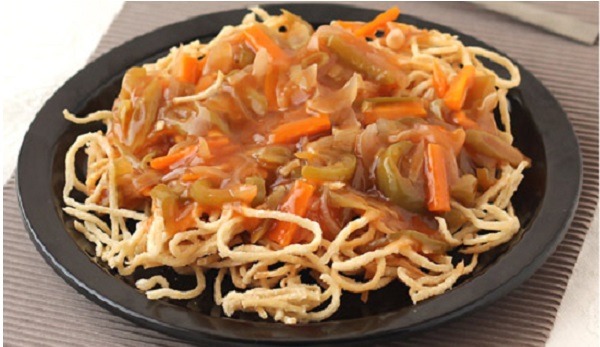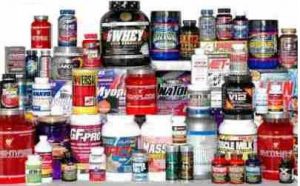
Indians love to eat Chinese food (the Indianised version) but the Ajinomoto (MSG) used in Chinese foods can cause side-effects. Depending on where you eat your Chinese food, it can be unhealthy and have adverse effects.
Is MSG and Ajinomoto Same?
We all know that ajinomoto is used in Chinese foods, but Ajinomoto is actually a Japanese food company which food products (seasonings, oils, etc.) AJI-NO-MOTO (known as “essence of taste”) is the trade name for the company’s original monosodium glutamate (MSG) product.
Why is MSG added to Food?
MSG is a flavor enhancer, it makes the food taste better. MSG also goes into lot of processed and packed food items – from tinned food to ice cream and baby food to chewing gum. Its used as an ingredient in almost every Chinese food served in India.
MSG is usually not used in Indian dishes but is generously added to Indianized Chinese food. On the other hand, cooks in China rarely use MSG as an ingredient while cooking!
Case Study
The latest edition of the Indian journal of Critical Care Medicine mentions a case of a 23-year old man (after eating a plate of triple fried rice) brought to the General Hospital, Mahad, with difficulty in speaking, inability to swallow saliva and continuous spitting. He was afraid of water and the uvula was swollen. He needed injection of adrenaline to subside.
Top Reasons to Cut Down on Chinese Food
Here are the top reasons to cut down on Chinese food:
- MSG causes burning sensations of the mouth, head and neck, causes headaches, causes stomach upset, and other allergic-type reactions in skin.
- Increases cholesterol levels (because of the amount of oil used)
- Excess oil in Chinese food increases acidity (irritates the intestinal lining). It also causes bloating
- Monosodium glutamate (MSG), used in chinese food can cause headaches.
- Lot of salt also goes into Chinese food which can cause Hypertension (high blood pressure).
- Rice and noodles are rich in carbohydrates, which can result in weight gain.









Leave a Reply